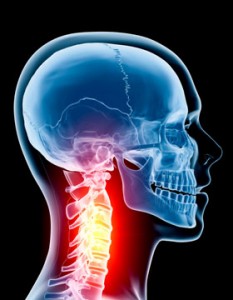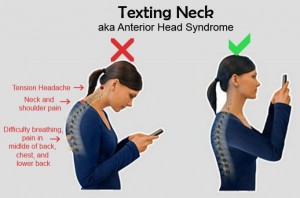Neck Osteoarthritis (OA)
What is Neck Osteoarthritis (OA)?
Arthritis is defined as the presence of swelling, effusion (The escape of fluid into another part), or the presence of 2 or more of the following signs: limited range of motion(ROM), tenderness, pain on motion, or joint warmth. In this article we will specifically discuss neck osteoarthritis.
Degenerative changes are common in neck or cervical spine. In some degree they are found almost universally in persons over 50yrs of age. Once you hit 70 years of age, it is expected to have OA.
Statistics:
- Osteoarthritis of the neck is one of the most common causes of neck pain for people over the age of 50.
- While a past neck injury can lead to neck osteoarthritis years later, aging is the major risk factor or cause of neck osteoarthritis. Seventy percent of women and 85% of men have x-ray evidence of neck osteoarthritis by age 60.
- Whether neck pain is acute or chronic, statistics show that approximately 80% of adults are affected by some kind of neck pain condition.
- Important Facts: The primary degenerative changes are initiated by injury. In other cases the condition is simply a manifestation of normal wear and tear.
- In the upper limb there may be a vague, ill-defined and ill localized referred pain spreading over the shoulder region or there may be more serious symptoms from interference with one or more of the cervical nerves.
Treatment:
Treatments for cervical osteoarthritis are usually nonsurgical and is usually treated conservatively.
While cervical osteoarthritis tends to be chronic, the symptoms are rarely progressive and rarely require surgery. For patients with severe symptoms that are impeding their ability to function, surgery may be an option and a cervical laminectomy and/or cervical spinal fusion may be considered.
Do’s and Don’ts:
Balance activity with rest. Ensure that your neck is supported at work, in the car and during your leisure time with a good pillow, chair or other similar item. Double check the height of your desk and chair at work and at home, and make sure that your computer screen is at eye level.
Avoid slouching while standing. Do not bend your neck forward or keep it in the same position for hours at a time. This commonly occurs with reading, texting, or using a tablet or smartphone.
Common Myths:
Structural problems causing pain is a convenient and easy diagnosis to make because pictures of spinal degeneration can be pointed to on an x-ray or MRI image and named as the cause for pain. However, research has proven that structural problems are NOT the cause of most neck pain. Fortunately, there is a lot of research now showing that structural problems are usually not the cause of most neck pain.
Just because an X-ray or MRI shows you have an issue, that doesn’t mean that what it found is causing the symptoms you are experiencing.
What to do about it?
If you are suffering from neck pain that you think is related to Osteoarthritis (OA), give us a call at Physio today to learn what we can do to help you resolve the pain you are experiencing and return to an active enjoyable lifestyle. We have many effective solutions to treat Osteoarthritis. (828) 348-1780.
ps. Coming soon to Physio is a revolutionary new program for OA, Joint Nutracare.


